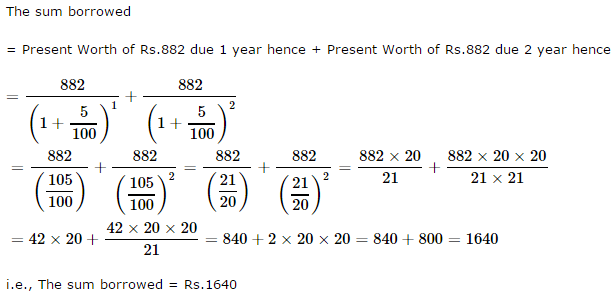KTET Paper 2: Social Science Test - 4 - KTET MCQ
30 Questions MCQ Test - KTET Paper 2: Social Science Test - 4
Read the statements (A) and (B) and choose the correct option.
(A) Generally, Harappan houses were either one or two storeys high, with rooms built around a courtyard.
(B) Most houses had a separate bathing areas, and some had wells to supply water.
(A) Generally, Harappan houses were either one or two storeys high, with rooms built around a courtyard.
(B) Most houses had a separate bathing areas, and some had wells to supply water.
Read the statements and choose the correct option.
Statement (A): One of the important features of the Indian Constitution was its adoption of a universal adult franchise.
Statement (B): All Indians above the age of 19 would be allowed to vote in state and national elections.
Statement (A): One of the important features of the Indian Constitution was its adoption of a universal adult franchise.
Statement (B): All Indians above the age of 19 would be allowed to vote in state and national elections.
| 1 Crore+ students have signed up on EduRev. Have you? Download the App |
The reason for India being called a federation and unitary state is:
A universal language of a map can be understood by
To teach the topic 'foreign policy of India', the most suitable method is
A sum of money is borrowed and paid back in two annual installments of Rs. 882 each along with 5% compound interest. The sum borrowed was
Mr. Sharma was assessing the students' work on exponents. One of the response sheet was as follows:
(a) 23 × 25 = 28
(b) 32 × 42 = (12)4
(c) 33 ÷ 35 = 3-2
(d) 720 ÷ 714 = 76
(e) 93 ÷ 186 = (1/2)3
On the basis of this response sheet, Mr. Sharma can make which of the following observations?
A person is suffering from a disease named 'Goitre'. Which of the following glands of the person is not functioning properly?
Consider the following statements on kings.
Statement - I: The Jallianwala Bagh atrocities, inflicted by General Dyer in Amritsar on Baisakhi day, were a part of Rowlatt Satyagraha's repression.
Statement - II: On learning about the massacre, Balgangadhar Tilak expressed the pain and anger of the country by renouncing his knighthood.
Consider statements (A) and (B) in the context of mass media.
Statement (A): Mass media is constantly thinking of ways to make money.
Statement (B): Mass media earns money by advertising.
Magadha became the most important mahajanapada in about two hundred years. Many rivers such as the Ganga and Son flowed through Magadha. This was important for:
Consider the following resources :
(A) Mica
(B) Forest
(C) Natural Gas
(D) Soil
(E) Water
Which of the above are examples of renewable resource?
“In India there is unity in diversity and diversity in unity.” Whose statement is this?
The social studies teacher is teaching about the challenges of democracy. He uses the textbook as a reference as the textbook includes photographs, real characters, comic representations of conversations, etc. Which of the following is among the main purpose of using such textbooks by the teacher?
The National Curriculum Framework 2005 proposes that Geography should be taught to
A tight whirlpool of wind formed in the stratosphere which surrounds Antarctica is called
In a grassland ecosystem, a Grasshopper plays the role of a _____ in the food chain.
Consider the following statements-
- In any democratic country, the election process is done in 4 years.
- Universal adult suffrage in India was adopted by the 61st Constitutional Amendment.
Social science as a discipline is a combination of:
Resources which are found in a region, but have not been utilised are known as
Which one of the following statements explains the essence of 'mixed economy'?
To teach the topic, 'Food Production in Andhra Pradesh', which of the following charts is the most suitable?
Consider the following statements with respect to diversity :-
(A) Diversity is a source of strength for India.
(B) There is unity in India's diversity.
(C) Diversity can also be a source of discrimination.
(D) Historical and geographical factors contribute to diversity.
Which of the above are true?
What is the testing objective of the question given within brackets?
(What will be the time difference between two successive spring tides if the moon takes 30 days to revolve around the earth?)
Inductive learning is contradictory to which of the following approaches?
Which of the following statement is true about the mineral?


















